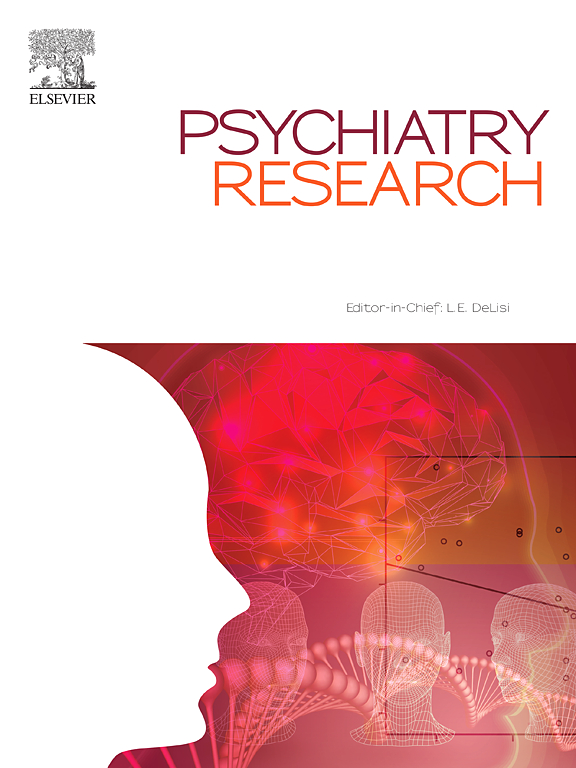Angiotensin receptor blockade modulates resting state functional connectivity in the memory network rather than fear network – implications for posttraumatic stress disorder
IF 4.2
2区 医学
Q1 PSYCHIATRY
引用次数: 0
Abstract
Population-based studies have shown that the intake of Angiotensin-II receptor blockers (ARBs), commonly used to treat high blood pressure, is associated with reduced post-traumatic stress disorder (PTSD) symptoms. However, the underlying neural mechanisms remain unclear. While PTSD development is characterized by maladaptive processing within brain networks associated with fear processing and memory formation during trauma exposure, there is increasing evidence that such aberrations manifest in altered resting state functional connectivity (rsFC) of brain regions in these networks.
In this double-blind placebo-controlled study in 45 healthy volunteers with high trait-anxiety, we investigated whether the ARB losartan would affect rsFC in prominent seeds of the fear and memory network, counteracting effects seen in PTSD.
Seed selection was informed by established rsFC aberrations seen in PTSD and consisted of the hippocampus and the parahippocampal gyrus (memory network), as well the amygdala and insula (fear network).
Our results showed that a single dose of the ARB losartan decreased rsFC in the memory network from modulatory structures in the frontal cortex: losartan decreased rsFC (i) between the hippocampus and the inferior frontal gyrus involved in threat processing and memory intrusion development, and (ii) between the parahippocampal gyrus and the dorsolateral prefrontal cortex involved in top-down control. There were no drug effects on the fear network seeds. These findings may imply that ARB preserves adaptive memory function during trauma.
求助全文
约1分钟内获得全文
求助全文
来源期刊

Psychiatry Research
医学-精神病学
CiteScore
17.40
自引率
1.80%
发文量
527
审稿时长
57 days
期刊介绍:
Psychiatry Research offers swift publication of comprehensive research reports and reviews within the field of psychiatry.
The scope of the journal encompasses:
Biochemical, physiological, neuroanatomic, genetic, neurocognitive, and psychosocial determinants of psychiatric disorders.
Diagnostic assessments of psychiatric disorders.
Evaluations that pursue hypotheses about the cause or causes of psychiatric diseases.
Evaluations of pharmacologic and non-pharmacologic psychiatric treatments.
Basic neuroscience studies related to animal or neurochemical models for psychiatric disorders.
Methodological advances, such as instrumentation, clinical scales, and assays directly applicable to psychiatric research.
 求助内容:
求助内容: 应助结果提醒方式:
应助结果提醒方式:


